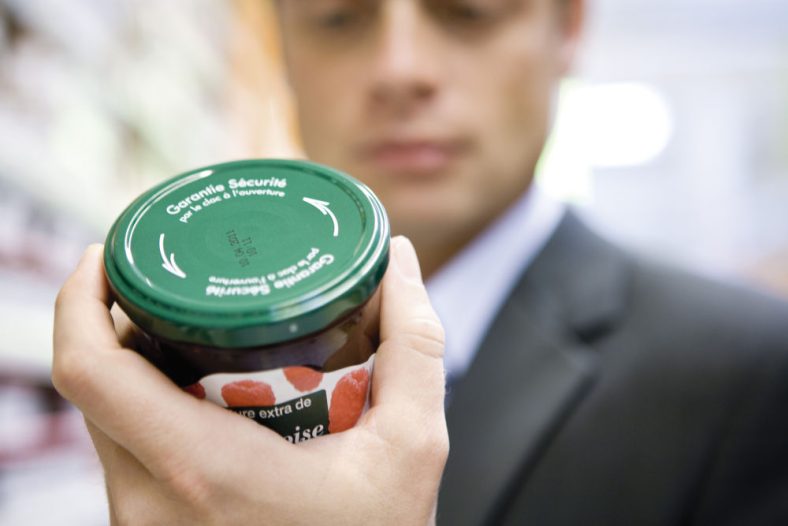Environmental product labelling: do it methodically

With its simple logo, environmental labelling gives consumers a product’s green rating. A powerful lever for eco-design and carbon footprint reduction! AFNOR Certification can help you check.

Does this down jacket weigh more or less than the one on the next shelf in terms of environmental impact? A, B, C, D, E… It’ll be on the label soon! An approach initiated on a voluntary basis since the laws following the Grenelle Environment Forum in 2009 and 2010, environmental labelling is getting a second lease of life with the “Act against waste and for a circular economy” law of February 2020. This text opened up an 18-month experimental period, with priority given to the clothing and footwear sector.
Based on the Nutriscore and the energy label for light bulbs, household appliances and real estate ads, this A to E label is designed to encourage more responsible consumption by making it easier to compare products. It is also intended to encourage producers and distributors to stand out from the competition by communicating the environmental performance of their products, and to promote their eco-design efforts, for example as part of a circular economy approach. Provided they can prove that their claims are well-founded, as required by the 2015 ecological transition law for green growth (article 90).
A multi-criteria score
So how do we calculate this index, and how can we be sure it’s reliable, given that the score represents an environmental footprint which is in fact the sum of several footprints (on water, air, climate, etc.). This applies to the entire product life cycle, from the extraction of raw materials to end-of-life recovery, distribution and use. This requires the use of a Life Cycle Assessment (LCA).
The development of the criteria and calculation methods required lengthy preparatory work, in the wake of the Grenelle 1 law (2009), under the leadership of ADEME and AFNOR, in partnership with several voluntary sectors (clothing, furnishings, hotels, electrical and electronic products, etc.). Today, standard databases are available to consumer brands. These are in addition to a transversal reference framework (general principles and methodological framework) and sector-specific reference frameworks covering some thirty product categories: food, household, hygiene, electronic equipment, sports equipment, etc. However, any voluntary company wishing to introduce environmental labelling for a product or service category covered by a standard must call on one of the delegates to check the sincerity of the scores before displaying them.
Check your calculations with AFNOR Certification
On behalf of ADEME, AFNOR Certification is one of these service providers, in partnership with the Saint-Etienne Eco-design cluster. ” By drawing on our expertise in third-party evaluation and the technical expertise of our partner, we can help you verify the calculations and methods used, and thus present an objective and rigorous display,” sums up Eric Laurençon, project manager. The service includes :
- verification of the calculation tool (compliance with validated standards, use of generic data from the Impacts ® database, relevance of the sample used to determine reference values, compliance of the aggregation methodology);
- verification of the accuracy of the specific data used to calculate the environmental ratings;
- management of the rights to use the “Environmental Impact” ® brand.